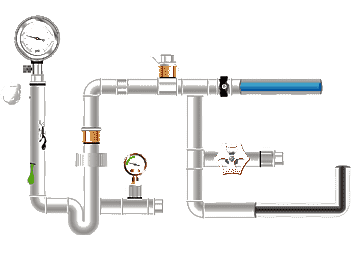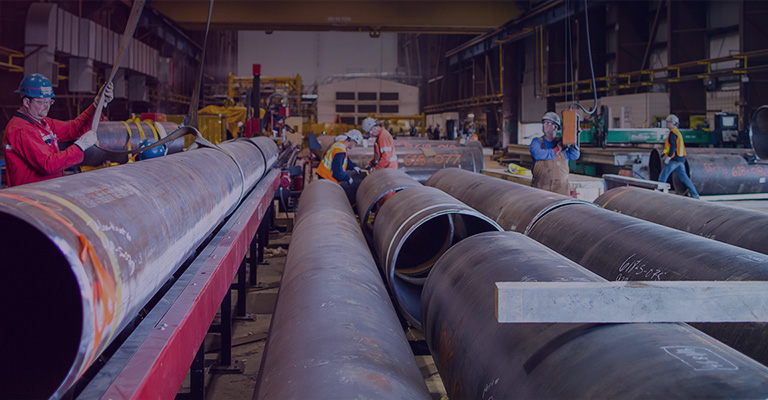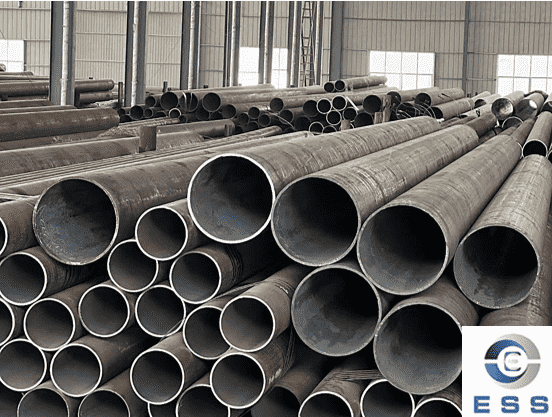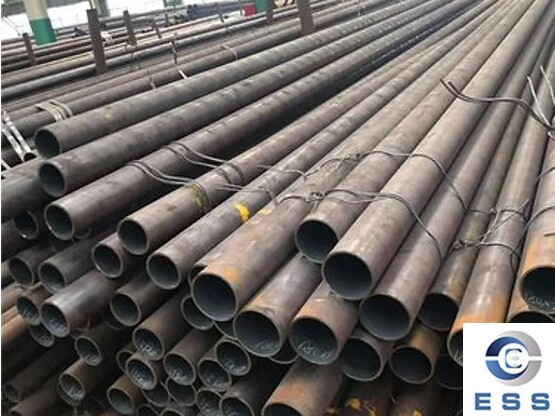
The low-temperature use temperature range
of carbon
steel pipe is usually above -20℃. In this
temperature range, carbon steel pipe is in a ductile state and can be used
normally. However, when the temperature is below -20℃,
carbon steel pipe may gradually become brittle, and the use should be subject
to certain conditions.
Applicable temperature range of carbon
steel pipe
Carbon steel pipe is an industrial pipe
made of carbon steel as the main raw material. According to the carbon content,
carbon steel pipe can be divided into three categories: mild
steel pipe, medium carbon steel pipe and high
carbon steel pipe. Carbon steel pipe is widely used in the industrial field
due to its excellent mechanical properties and relatively low cost. However,
the use temperature range of this type of pipe is limited, especially in low
temperature environment.
Generally speaking, carbon steel pipe can
be used normally in the temperature range above -20℃.
This is because in this temperature range, the steel is mainly in a ductile
state, has good toughness and plasticity, and can withstand certain pressure
and deformation without breaking easily.
Low temperature performance
characteristics of carbon steel pipes
1. Impact resistance
In low temperature environments, the
toughness and strength of carbon steel pipes will decrease, resulting in a
decrease in their impact resistance. Therefore, when selecting and using carbon
steel pipes, their impact resistance needs to be fully considered.
2. Corrosion resistance
In low temperature environments, the
corrosion rate of chemical substances on metals may accelerate. Carbon steel
pipes are no exception, and their corrosion rate may increase, thus affecting
the service life of the pipeline.
3. Wear resistance
Under low temperature conditions, the
surface hardness and strength of carbon steel pipes will also change, which may
affect the wear resistance of the pipeline. Therefore, when designing carbon
steel pipes, it is necessary to consider the wear resistance requirements in
low temperature environments.
4. Hydrogen embrittlement resistance
The effect of hydrides on metals in low
temperature environments may be aggravated, resulting in an increased risk of
hydrogen embrittlement and rupture of carbon steel pipes. Therefore, the
hydrogen embrittlement resistance of carbon steel pipes is one of the key
factors that determine their reliable use in low temperature environments.
Factors affecting the low temperature
performance of carbon steel pipes and improvement methods
The low temperature performance of carbon
steel pipes is affected by many factors, including material selection,
manufacturing process and chemical composition. In order to improve the low
temperature performance of carbon steel pipes, the following measures can be
taken:
1. Optimize material selection
Choose carbon steel materials with
excellent low temperature performance, such as low temperature carbon steel or
carbon steel with moderate alloying element content.
2. Improve manufacturing process
Adopt advanced manufacturing processes such
as rolling, forging and welding to improve the low temperature toughness and
strength of carbon steel pipes.
3. Adjust chemical composition
The low temperature performance of carbon
steel pipes can be improved by adjusting chemical compositions such as carbon
content, alloying element content and grain size.
Precautions for use in low temperature
environments
When the temperature is below -20℃, carbon steel pipes may gradually become brittle. In this state,
the pipeline becomes more likely to break, especially when subjected to
external shock or vibration. Therefore, the use of carbon steel pipes in low
temperature environments requires special attention to the following points:
1. Avoid excessive pressure and impact
force to prevent the pipeline from rupture or breakage.
2. Regularly check the integrity and safety
of the pipeline to promptly detect and deal with potential safety hazards.
3. Where possible, take insulation measures
to reduce the heat exchange between the pipeline and the external environment,
thereby reducing the risk of pipeline embrittlement.
Application recommendations for carbon
steel pipes in low temperature environments
For carbon steel pipes that need to be used
in low temperature environments, the following measures can be taken to improve
their safety and reliability:
1. Select steel types with better low
temperature toughness, such as low temperature carbon steel or alloy steel.
2. Increase the wall thickness of the
pipeline to improve its ability to withstand pressure and impact.
3. During the design and installation of
the pipeline, fully consider the impact of the low temperature environment on
the pipeline performance and take corresponding preventive measures.
Summary
In short, understanding and following the
low temperature use temperature range of carbon steel pipes is essential to
ensure the safety and reliability of the pipeline system. When using carbon
steel pipes in low temperature environments, special attention should be paid
to taking necessary precautions and regular inspections to ensure the normal
operation and service life of the pipeline.









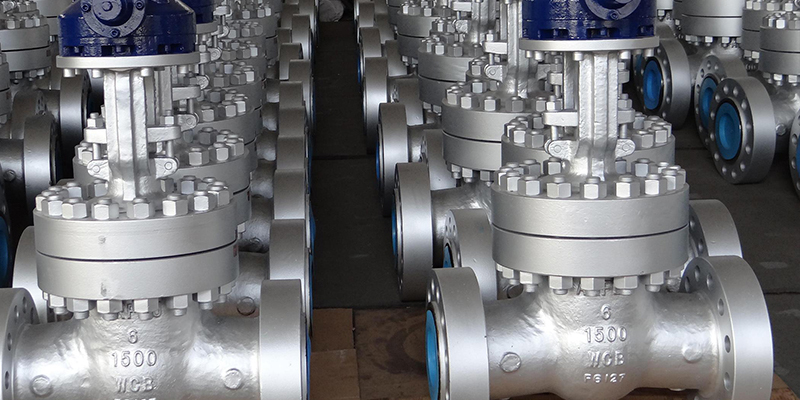
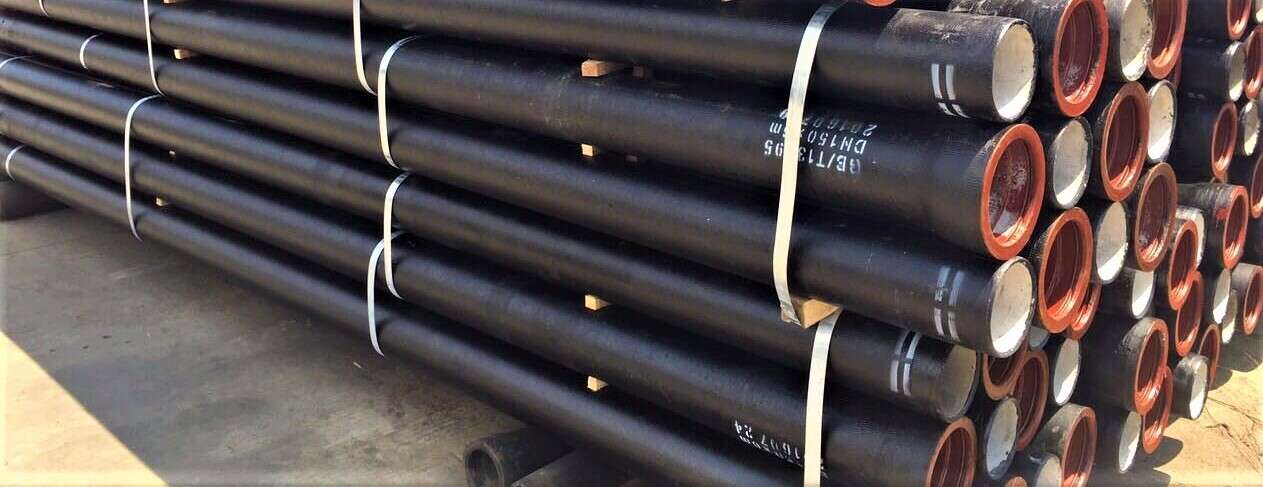


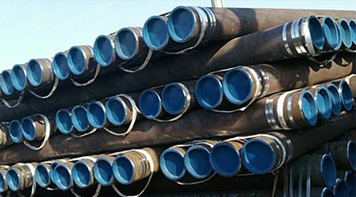 Eastern Steel Manufacturing Co.,Ltd not only improve product production and sales services, but also provide additional value-added services. As long as you need, we can complete your specific needs together.
Eastern Steel Manufacturing Co.,Ltd not only improve product production and sales services, but also provide additional value-added services. As long as you need, we can complete your specific needs together.
